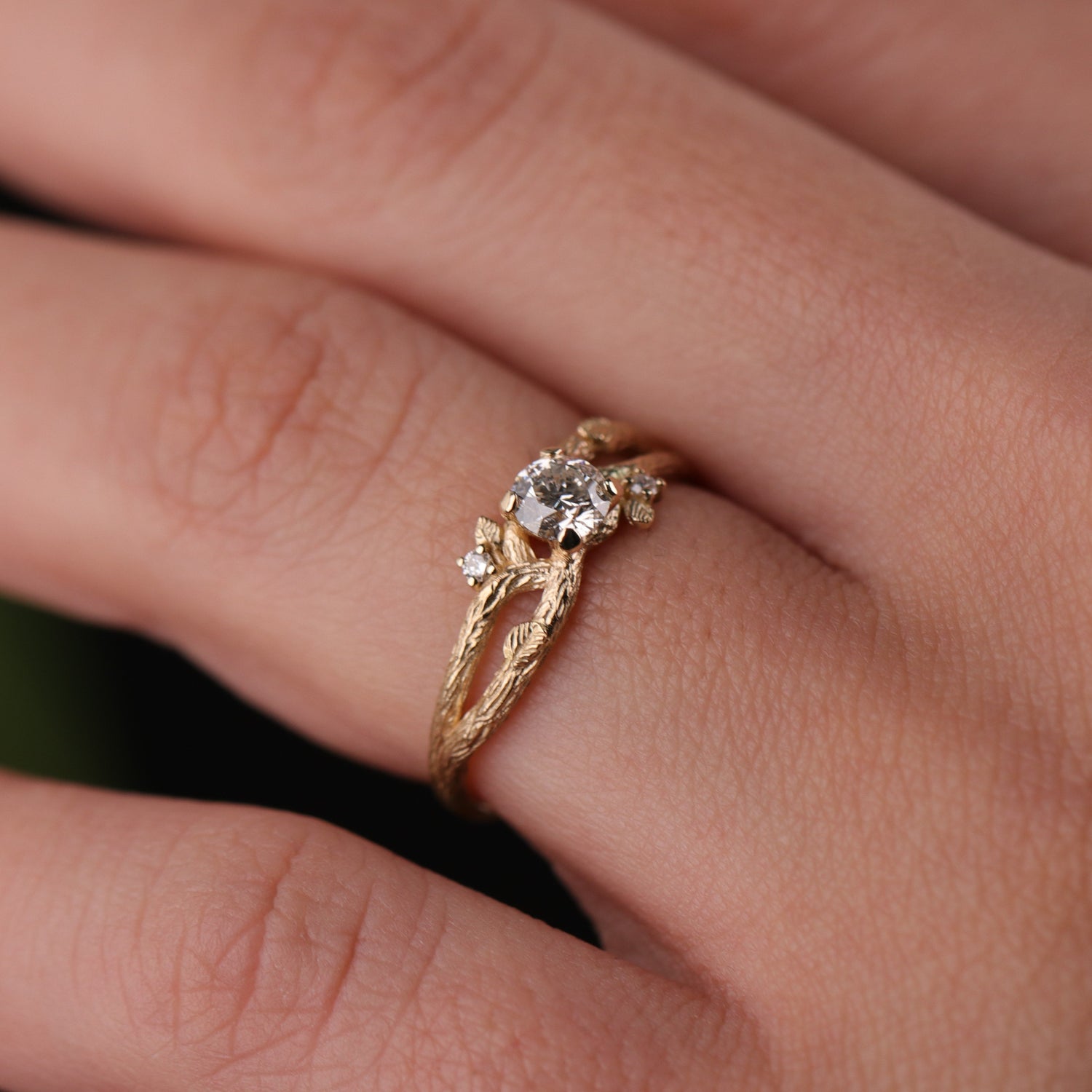
HELLENISTIC PERIOD JEWELRY
Hellenistic Period (330-30 BC)
ALEXANDER THE GREAT AND THE HELLENISTIC KINGDOMS
BC in the north and northeast of Thessaly. The Kingdom of Macedonia, founded in the 7th century, was initially considered a barbarian state and was excluded from Greek society.
As the Kingdom of Macedonia became stronger in the 5th century BC, they were adopted by the Greeks and accepted into the Olympic games. B.C. Philip II, who ascended to the throne of Macedonia in 395, formed a strong and disciplined army and captured the city of Amphipolis in the north and Aegean and the nearby Pangaion Mountain gold mine. B.C. He invaded Greece in 338.
- His son Alexander III (Alexander the Great), who ascended to the throne after the murder of Philippos, BC. He entered Anatolia in 334 and defeated the Persian forces near Granikos (Biga stream). After conquering all of Anatolia, he also won the war with the Persian king Darius in Issos, Cilicia in 333. The Persian Empire is no longer on the stage of history.
After Alexander the Great captured the cities of Susa, Ecbatana, Babylon and Persepolis, which were the administrative centers of the Persian Empire, he minted gold staters and silver tetradrachms in his name from the gold and silver stocks he captured. These coins constitute the integrity of the currency of the empire. Alexander's repair of the Persian road network and the establishment of new cities at strategic points and the settlement of Macedonians, Greeks and local people there revived trade and economy. In this huge empire extending from Greece and Thrace to Anatolia and Iran, from inner Asia to India, and from Mesopotamia to Egypt, different cultures merge in a melting pot. However, Alexander's death at a young age disrupted the process of integration of the empire. The Kingdom of Macedonia, after long turmoil and civil wars, was shared among the Hellenistic kingdoms founded by generals.
HELLENISTIC JEWELRY
Hellenistic art arises from the synthesis of the classical culture created in Greece and western Anatolia with the cultures of the Mediterranean basin and the Middle East. In the early period of the Hellenistic style, artists dated B.C. He continues the rich style of the 4th century with a more baroque interpretation with sculptures, small plastics and designer jewellery. Details and colorful arrangements in Achaemenid jewelery are also applied to models suitable for western understanding.
During the Hellenistic period, the stock of gold and silver accumulated in Persian treasuries entered into circulation, making the use of ostentatious gold jewelry widespread in daily life. (Higgins-1980) As nobles, newly rich landowners and merchants emulated the Persians and supported artists with expensive orders, ostentatious jewelery decorated with fine workmanship was produced. The distinctive feature of this jewelry is wide lines and prominent natural and precious stones. Another distinctive feature is the introduction of color into the jewellery. Although natural stones and enamel were rarely used in the classical age, Hellenistic jewelry was made of natural stones such as Agate, Onyx, Jasper, Fire Opal and Chalcedony, as well as Emerald, Amethyst, Pearl, especially Gold and Silver, which were used together with the enamel technique taken from the Persians. Harmonious Garnet and Garnet stones are frequently used.
In new forms, artists go beyond what the royals want and create original jewelry by turning their own ideas into designs. The filigree and pen-carving techniques of these jewelry, which have high workmanship quality, reach the refinement of early Etruscan art. Reducing regional differences also ensures unity in jewelry styles. The Herakles knot, which appeared in Egyptian and Minoan jewelery in the Bronze Age but was rarely used, is widely used in Hellenistic jewellery. This motif, whose mystical meaning is health, happiness and love, is highlighted by being decorated with filigree ornaments and rosettes. The Isis-Hathor motif of Egyptian origin and snake figures, which are symbols of health and long life, are other important symbolic motifs of the Hellenistic jewelry repertoire. Animal heads and Aphrodite, Eros and Nike figures are the main subjects in jewelry. B.C. After the 3rd century, diversity increased with the use of new animal figures such as lynxes, dolphins and gazelles. The intense demand for luxury and quality jewelery enabled the development of centers where specialized jeweler workshops gathered in the Hellenistic period. The most important of these centers, which exported the majority of the production, were Alexandria (Alexandria) in Egypt, Antiochia (Antakya) and Lampsakos (Lapseki) in Anatolia. B.C. Starting from the 2nd century, due to both economic difficulties and the increasing political and cultural influence of Rome, Hellenistic jewelry took a new shape. Less gold and more natural stones begin to be used…


